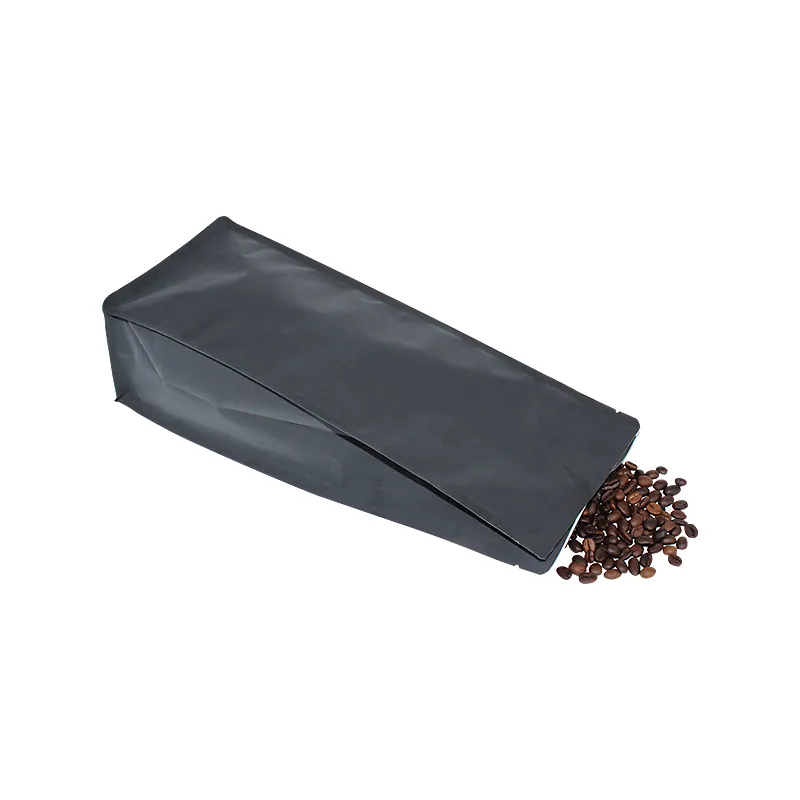- Afrikaans
- Albanian
- Amharic
- Arabic
- Armenian
- Azerbaijani
- Basque
- Belarusian
- Bengali
- Bosnian
- Bulgarian
- Catalan
- Cebuano
- chinese_simplified
- chinese_traditional
- Corsican
- Croatian
- Czech
- Danish
- Dutch
- English
- Esperanto
- Estonian
- Finnish
- French
- Frisian
- Galician
- Georgian
- German
- Greek
- Gujarati
- haitian_creole
- hausa
- hawaiian
- Hebrew
- Hindi
- Miao
- Hungarian
- Icelandic
- igbo
- Indonesian
- irish
- Italian
- Japanese
- Javanese
- Kannada
- kazakh
- Khmer
- Rwandese
- Korean
- Kurdish
- Kyrgyz
- Lao
- Latin
- Latvian
- Lithuanian
- Luxembourgish
- Macedonian
- Malgashi
- Malay
- Malayalam
- Maltese
- Maori
- Marathi
- Mongolian
- Myanmar
- Nepali
- Norwegian
- Norwegian
- Occitan
- Pashto
- Persian
- Polish
- Portuguese
- Punjabi
- Romanian
- Russian
- Samoan
- scottish-gaelic
- Serbian
- Sesotho
- Shona
- Sindhi
- Sinhala
- Slovak
- Slovenian
- Somali
- Spanish
- Sundanese
- Swahili
- Swedish
- Tagalog
- Tajik
- Tamil
- Tatar
- Telugu
- Thai
- Turkish
- Turkmen
- Ukrainian
- Urdu
- Uighur
- Uzbek
- Vietnamese
- Welsh
- Bantu
- Yiddish
- Yoruba
- Zulu
Innovative Approaches in Box Manufacturing for Modern Packaging Solutions
The Evolution and Impact of Box Factories
Box factories, often unnoticed in the grand tapestry of industrial history, play a pivotal role in the packaging and shipping sectors. These factories, dedicated to the production of cardboard boxes and packaging materials, have evolved significantly due to technological advancements and the ever-changing demands of global commerce.
The inception of box factories can be traced back to the early 19th century when the industrial revolution ushered in new manufacturing processes. Originally, boxes were crafted by hand, a labor-intensive task that limited output and variety. However, with the introduction of the corrugated cardboard in the late 1800s, the packaging industry witnessed a transformative shift. Corrugated boxes emerged as a durable, lightweight, and cost-effective solution for transporting goods, leading to an exponential increase in demand for box factories.
Today, box factories employ cutting-edge technology to streamline production. Automation plays a crucial role in this evolution. Machines can now produce thousands of boxes per hour, allowing for a customized approach to packaging. This flexibility enables businesses to cater to specific needs, whether they require boxes for fragile items or bulk packaging for mass shipments. The implementation of digital design tools also allows companies to create unique packaging solutions that enhance brand identity and consumer engagement.
box factories

Environmental sustainability has become a cornerstone of modern box factories. As the world grapples with climate change and resource depletion, the push towards sustainable practices is crucial. Many box manufacturers are now utilizing recycled materials to produce their products. This not only reduces waste but also lowers the carbon footprint associated with box production. Furthermore, the latest advancements in biodegradable packaging materials are setting new standards in environmental responsibility, making it easier for companies to meet consumer demands for greener products.
The globalization of trade has significantly impacted box factories. The rise of e-commerce, fueled by giants like Amazon, has escalated the need for efficient packaging solutions. As consumers increasingly expect quick delivery times, box factories have had to adapt to these demands by ensuring that their production methods are not only efficient but also capable of accommodating a diverse range of products. The challenge lies not only in speed but also in creating packaging that safeguards items during transit, which ultimately affects customer satisfaction.
Moreover, the COVID-19 pandemic brought to light the essential role of box factories in the supply chain. As traditional retail channels faced disruptions, online shopping surged, leading to an unprecedented demand for packaging materials. Box factories rose to the occasion, demonstrating resilience and adaptability, ensuring that essential goods reached consumers safely and effectively.
In conclusion, box factories have come a long way from their humble beginnings. They are integral to the packaging industry, adapting to technological advancements, sustainability demands, and the complexities of a globalized economy. As we move forward, the role of these factories will continue to evolve, driven by innovation and the need for sustainable practices. Their contributions not only facilitate commerce but also hold the potential to influence broader environmental initiatives, making them a critical player in achieving a sustainable future. Thus, while they may seem like simple structures producing ordinary products, box factories are, in fact, vital contributors to the economy and the ongoing efforts to create a more sustainable world.













